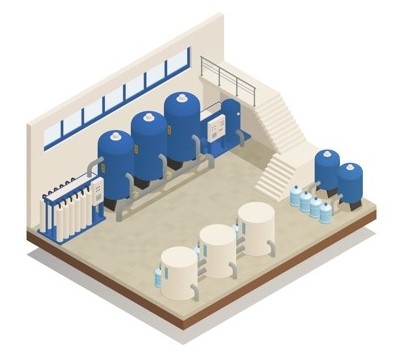
Choosing a water tank sounds simple until you’re knee-deep in spec sheets, material charts, and some overly optimistic salesperson promising that their tank “lasts forever.” You’ll hear words like “durability,” “cost-effectiveness,” “modular,” and “thermal mass” tossed around like they belong in a chemistry lab. But here’s the thing — it really just comes down to your needs, your space, and how much headache you’re willing to deal with later.
Let’s pull the jargon back and talk about this in plain terms.
Plastic Water Tanks: Light, Cheap, Gets the Job Done
These are the ones you see perched beside garden sheds, behind barns, sometimes half-buried in beach homes. They’re made for real life. You don’t need a crane. You don’t need a crew. Two people and a pickup truck can usually sort it out.
Why they work:
- Lightweight and easy to install without machinery
- No rust, no corrosion, no complicated maintenance
- Come in almost every shape — round, tall, slim, squarish
If you’re planning to drink from it, make sure you’re getting potable water tanks — not just any old plastic container. You want something BPA-free, UV-resistant, and certified to hold drinking water without turning it into plastic soup.
Perfect for:
- Tenants and temporary setups
- Homeowners who aren’t ready for concrete
- People who want water storage without breaking the bank
These tanks are also ideal if you’re running water tanks with cooler units nearby — plastic won’t interfere with temperature-sensitive systems the way raw concrete sometimes does. That matters when you’re storing water for appliances, outdoor kitchens, or drinking use.
Are they perfect? No. Over time, plastic weathers, gets brittle under sun, and might start leaking if you ignore it long enough. But for short- to medium-term use, plastic water storage tanks absolutely do their job.
Concrete Water Tanks: Heavy, Expensive, Built to Last
Let’s be honest — nobody installs a concrete tank on a whim. It’s a project. You’ll need a solid foundation, serious space, and probably a contractor. But once it’s in, it stays put. It doesn’t wobble in the wind. It doesn’t crack in sunlight. It just holds water like it’s meant to.
Why people go concrete:
- Insulated by nature — water stays cooler, especially in hot zones
- Handles serious volume with zero stress
- Can be placed underground or left visible — either way, it blends
You’ll see concrete water storage tanks on farms, in rural homes collecting rain, or anywhere people are building something permanent. They’re built for the long haul; that’s why they cost more upfront. But you won’t be replacing them every decade either.
They make the most sense when:
- You’ve got the land
- You’re collecting massive volumes of rain or bore water
- You want something that just works and doesn’t need attention
One thing — if you’re drinking from it, line it or seal it. Raw concrete isn’t friendly to taste or long-term potability unless it’s treated properly.
If your goal is to run clean water directly to your kitchen, maybe even filtered for cooking and drinking, then proper sealing and material safety matter a lot more than you’d expect. No one wants water that tastes like cement next to their coffee maker.
Safety, Taste, and the Bit No One Tells You
Let’s talk about potable water storage tanks — tanks meant for human consumption. Both plastic and concrete can work here, but only if they’re made right.
What to watch for:
- Plastic should be food-safe, UV-stabilized, and ideally opaque to prevent algae
- Concrete must be lined or sealed — otherwise, you’re getting chalky water and potential pH issues
If your water smells weird, tastes off, or leaves residue, don’t assume it’s just your pipes. The tank could be the issue. Test the water. Clean the tank. Don’t wait for it to become a problem.
Final Word
There’s no golden answer here. No clear winner. This isn’t a “one is better than the other” kind of choice. It’s more like: Are you building a forever home in the hills? Get concrete. Just need some backup storage near the garden? Go plastic.
Water matters. So does your time. Choose the tank that fits your world — whether it’s sitting quietly next to your kitchen or feeding water tanks with cooler systems in the heat of summer. The right choice is the one you don’t have to second-guess later.